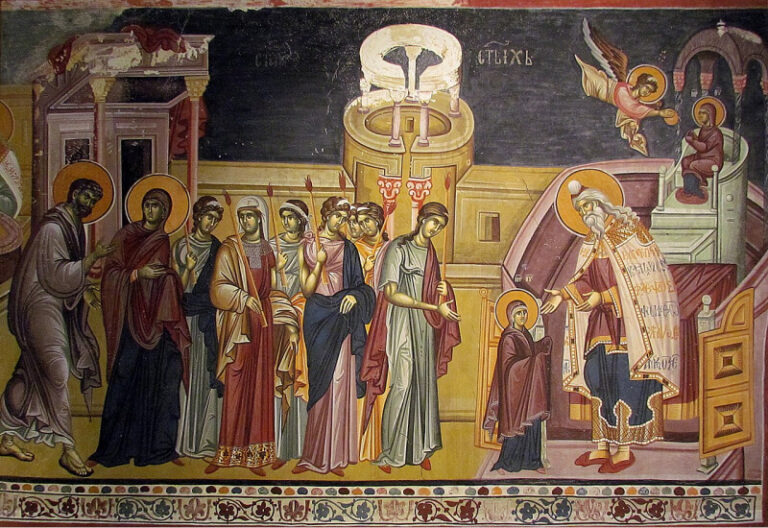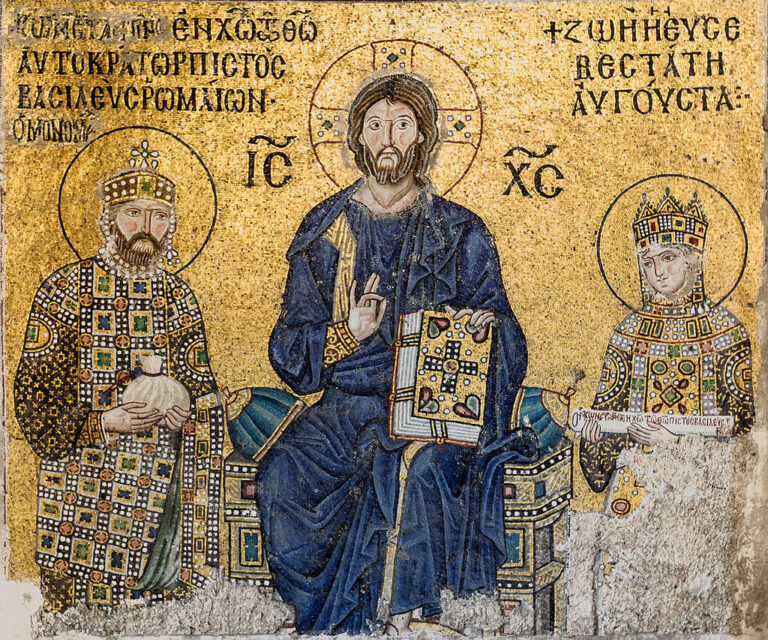Byzantine bone plaque showing a warrior discovered in Suzdal
Archaeologists from the Institute of Archaeology of the Russian Academy of Sciences have unearthed a rare Byzantine bone plaque within the historic walls of Suzdal, an historical town of Russia.
Suzdal, one of the oldest russian towns.
Suzdal dates to 999 or 1024. In 1125, it became the capital of the principality of Rostov-Suzdal until 1157, when the capital was moved to Vladimir. It still remained an important political and religious center of the principality. The city was plundered and burnt in 1237 during the Mongol invasions. However, it remained a trade center thanks to its location in a fertile area. The city was annexed by the principality of Moscow in 1392 and entered a period of decline until the 16th century. From its rich old past, Suzdal retained many historical monuments, including a Kremlin, the city walls and numerous ancient religious buildings.
Its underground also holds some treasures. The latest excavations of remains of historical dwellings from the 12th to 14th centuries have provided artifacts such as stone crosses, an encolpion (a medallion worn by Eastern Orthodox and Eastern Catholic bishops), a glass vessel with enamel painting, an iron key, and Drahičyn type seals from the Brest Region of Belarus. But the most striking discovery is the find of the Byzantine bone plaque, testifying both of the cultural and artistic influence of Byzantium far beyond its borders, and of the far-reaching trade routes from Suzdal.
A bone plaque from a Byzantine casket.
This intricately carved bone plaque measures 45 x 46 mm. It features a detailed depiction of a semi-naked warrior. The man is wielding a sword and shield, and is crafted with fine facial features and flowing hair.
Initially, such overlays were crafted from rare materials like ivory, but from the 12th century onwards, Byzantine artisans began using bone from domestic or wild animals. This shift likely reflects the broader market orientation or the work of provincial workshops on the empire’s periphery.
The plaque includes six asymmetrical mounting holes around its raised exterior border. Therefore, archaeologists believe this find to be a decorative overlay from a casket. It dates back to a period between the 10th to the 12th centuries. At that time, this type of caskets, often produced by artisans in Chersonesus or Constantinople were made of wood and adorned with small bone plaques, attached using bone nails or pins.
Significance of the discovery.
The discovery is particularly noteworthy as it underscores the peak period of international trade and cultural exchange in Northeastern Rus during the 12th to early 13th century. These processes are reflected in various categories of imported items and unique pieces of artistic crafts, which are rarely encountered in archaeological research. The bone plate from Suzdal, with its skillful carving, detailed craftsmanship, and depiction of a warrior in mid-attack, showcases the mastery of Byzantine artisans and is a wonderful example of the secular art of Byzantium.
Direct analogies to the Suzdal plaque can be found in Byzantine art, such as the side plates of caskets in the collections of the State Hermitage Museum and the Novgorod Museum Reserve. However, unlike the Suzdal find, these examples were made of ivory. Determining whether the plaque was produced in a Constantinopolitan workshop or a provincial one based on a pattern is a subject for future research.
Bone plaques from boxes decorated with artistic relief carvings are an extremely rare and valuable find in the territory of Ancient Rus’.”
Institute of Archaeology of the Russian Academy of Sciences
Pictures credits (except the last one) : Russian Academy of Sciences




